Storage tanks typically contain large volumes of valuable but potentially hazardous fluids. As such, inspection is a key element of the integrity management of storage tanks. The objective of the inspection is to provide information on the tank’s condition. This information should be such as to support effective integrity management decisions. Historically inspection of storage tanks has been reliant on man entry with the tank out of service. Opening storage tanks for internal inspection is a lengthy and difficult process.
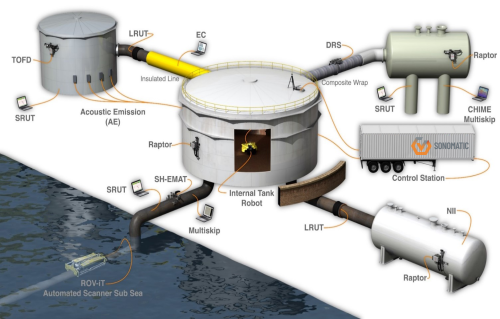
Online Tank Cleaning & Inspection
Not only will the tank be unavailable during the internal inspection, but it must be drained and cleaned before entry is possible. There are also safety hazards associated with personnel entry for inspection. As such Remote Internal Inspection (RII) methods offer an attractive alternative as they can be conducted whilst the tank is in-service and do not require vessel entry. Sonomatic RAIS technicians are experienced in using a wide variety of inspection techniques on various assets in a multitude of environments.
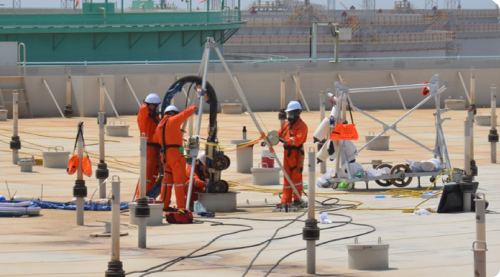
- Online inspection of atmospheric storage tanks
- Critical zone weld and lower shell plate inspection
- Tank wall/Shell inspection
- Annular plate inspection and applications
- Statistical analysis of tank floor inspection
- Out of service tank floor inspection
- In-service inspection of atmospheric storage tank floors
Inspection Planning
Sonomatic RAIS works with clients to plan inspections of atmospheric storage tanks, considering both operational and integrity requirements.
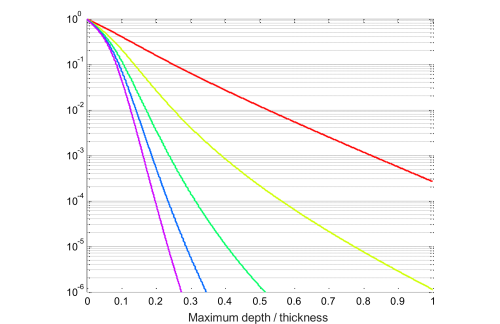
INTEGRITY
An approach similar to planning for pressure vessel NII is adopted. This entails developing a detailed understanding of the degradation threats and associated risks to define the most appropriate inspection strategy, e.g. Type A or Type B NII. Detailed inspection requirements, i.e. probability of detection, accuracy and coverage are then defined for each zone of the tank. Finally, inspection plans, defining the inspection technique(s), coverage and locations for inspection are developed.
OPERATIONAL
Successful in-service inspection of tanks relies on comprehensive planning of all operational aspects. This relies on working closely with the tank owner/operator to establish critical design, operational and safety data relevant to carrying out the inspection. With this information, Sonomatic RAIS develops a detailed project plan. This covers logistics, equipment and manpower requirements as well as site requirements to facilitate the inspection.
Screening For Tank Floor Corrosion
Sonomatic RAIS’ inspection approach provides 100% coverage of the tank annular plate by Short Range Ultrasonic Inspection Testing (SRUT) / Franscan (AP) and performed prior to in-service ultrasonic inspection.
By utilising this approach, the tank robot deployed UT system can focus on the specific areas of the annular plate that have been highlighted as areas of interest by the SRUT inspection technologies.
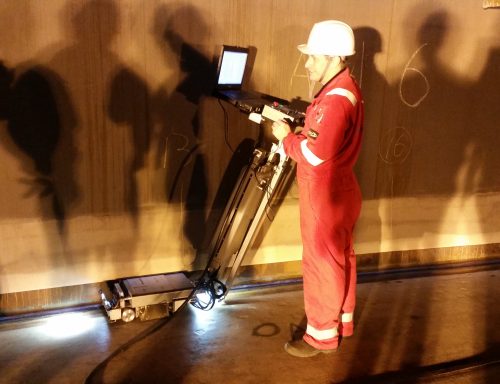
SRUT
SRUT is a screening technique. SRUT responds to corrosion that has suitably oriented facets to reflect energy back to the probe. Gradual thickness changes and isolated flaws are unlikely to be detected. In cases where corrosion is extensive, only the leading edge closest to the probe is likely to be detected. The method does not provide a quantitative direct measurement of wall thickness or the exact dimensions of defects/defected areas.
FRANSCAN (AP)
FranScan (AP) is a combination of SRUT GW (Short Range Guided Wave) and Phased Array for the inspection of annular plates and critical zone of storage tanks. Where with SRUT the annular plate can be screened up to 750-1000mm, with the A-ring application, detection and quantitative measurements can be given in the critical zone up to 100mm from the inner shell wall, with other phased array applications quantitative measurements can be obtained to 150-200mm.
Tank Cleaning
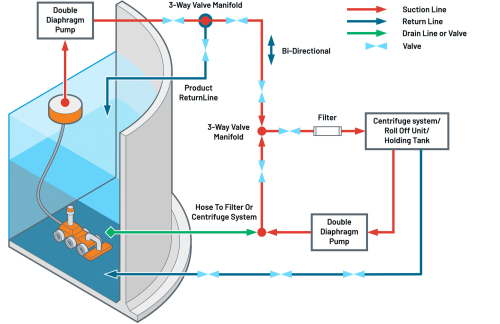
Sonomatic RAIS have experience in cleaning all types of storage tanks and can treat sludge in several ways. With highly trained technicians, our cleaning methods meet and exceed the latest compliance and health and safety standards.
- The sludge can be locally disturbed to clear a space for the ultrasonic inspection.
- The sludge can be marshalled into a particular location in the tank.
- The sludge can be mixed in with the product higher up in the tank.
- The sludge can be pumped from the floor to the roof manway and then into temporary tankage for treatment.
- The sludge can be pumped from the floor to the roof manway and then into a neighbouring tank.
SONAR Robotic Inspection Range
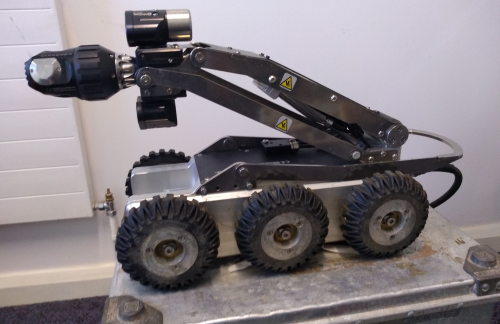
Sonomatic bring over thirty years of experience in the inspection of tanks and vessels under the API 653 and API 575 standards. This is inclusive of more than 5 years of experience developing and deploying Robotic Cleaning and Inspection Systems to clientele worldwide. We run a fleet of more than ten different robots that are designed to be optimised for different applications. We have this many robots as we have found that trying to make one robot fit all tanks did not work well.
The robots are proven, having been through validation trials and are ready for use in Crude, Condensate, Class II Fuels and Water.
